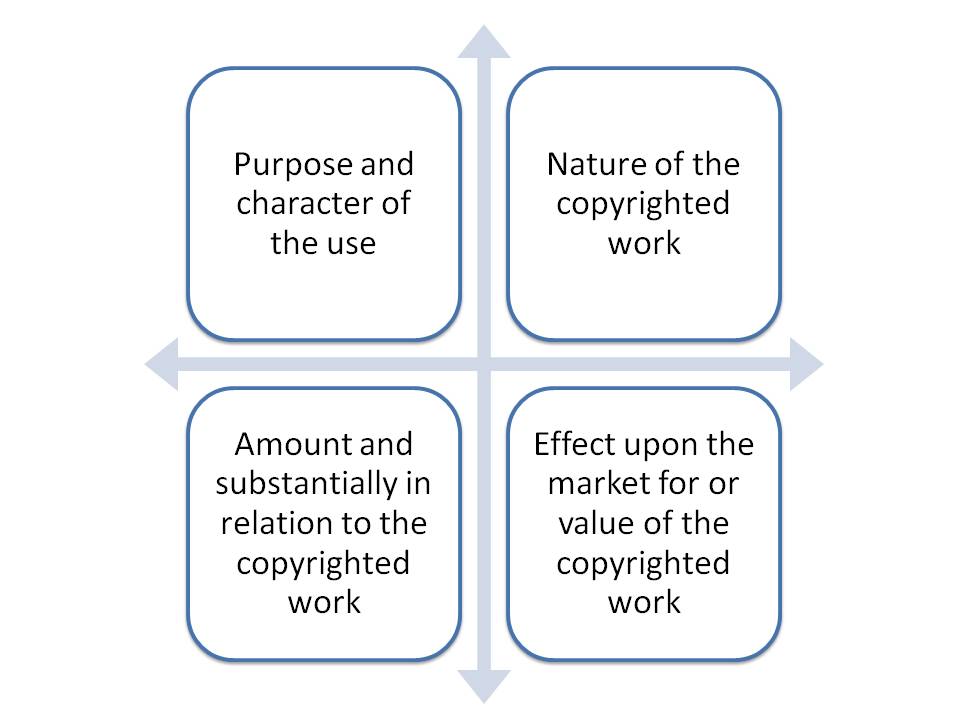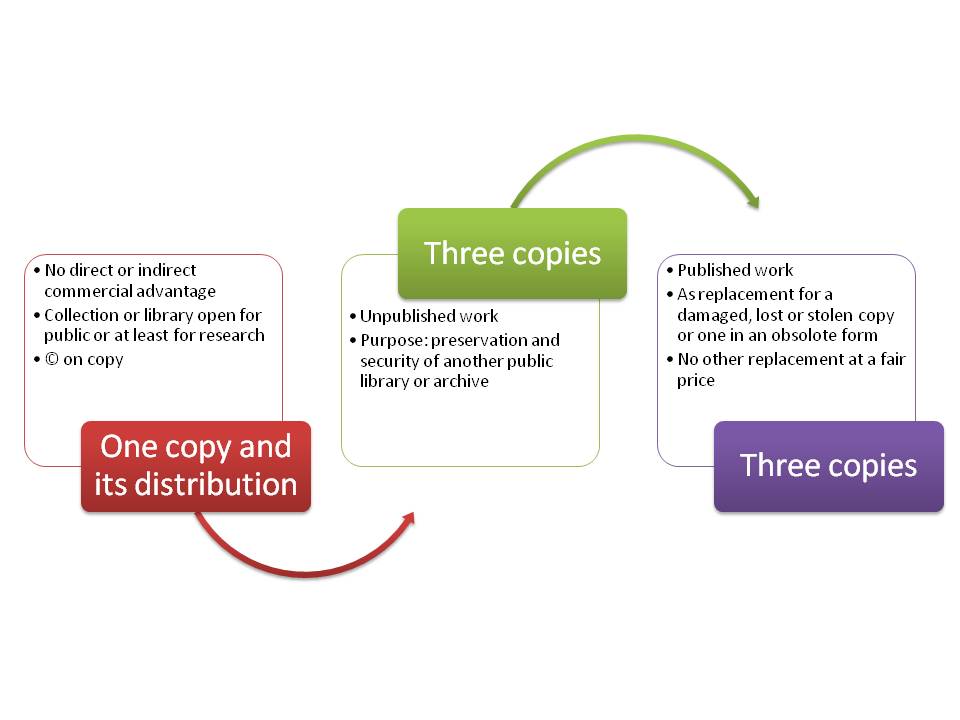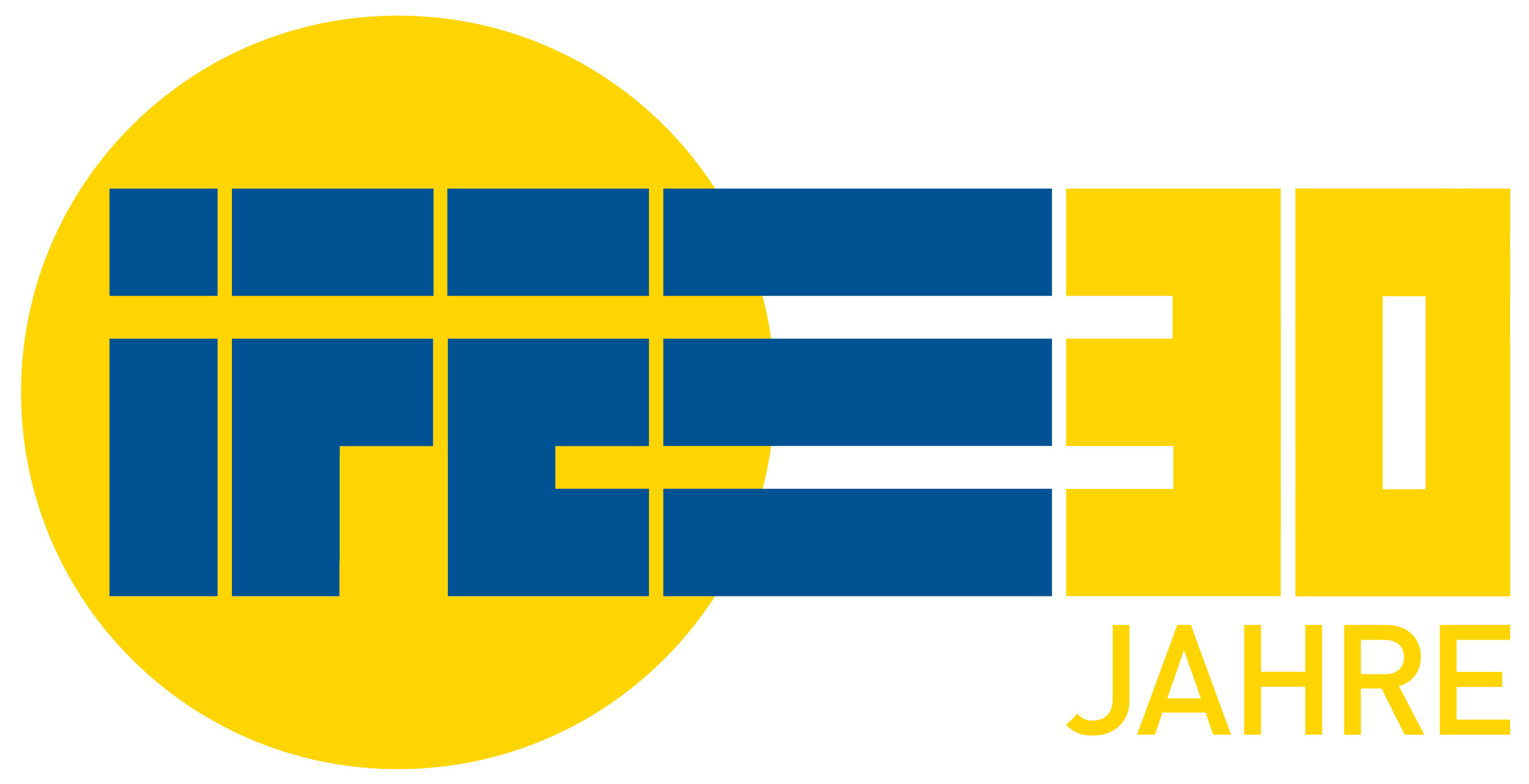Internationaler Gewerblicher Rechtsschutz und Urheberrecht II
5.3 - Limitations in scope/Statutory licensing
| The system of statutory licensesin 17 U.S.C. §§ 107-112 is quiet simple: there is one overall rule and four specific limitations applicable to all kinds of works. In 17 U.S.C. §§ 113-122 there are more limitations for specific kinds of work. 17 U.S.C. § 109 is a per selimitation of the right to distribute. |

| The most important limitations is the flexible fair-use-rule(17 U.S.C. § 107). Every fair use of a copyrighted work is no infringement of the copyright. |
§ 107—Limitations on exclusive rights: Fair use
Notwithstanding the provisions of sections 106 and 106A, the fair use of a copyrighted work, including such use by reproduction in copies or phonorecords or by any other means specified by that section, for purposes such as criticism, comment, news reporting, teaching (including multiple copies for classroom use), scholarship, or research, is not an infringement of copyright. In determining whether the use made of a work in any particular case is a fair use the factors to be considered shall include—
(1) the purpose and character of the use, including whether such use is of a commercial nature or is for nonprofit educational purposes;
(2) the nature of the copyrighted work;
(3) the amount and substantiality of the portion used in relation to the copyrighted work as a whole; and
(4) the effect of the use upon the potential market for or value of the copyrighted work. The fact that a work is unpublished shall not itself bar a finding of fair use if such finding is made upon consideration of all the above factors. |
| As the fair-use-rule opens a wide range of non-infringinguses of a copyrighted work it was the most discussed provision of the Copyright Act 1976 with which this formerly common law rule was transformed into statutory law. |
Copyright Law Revision – House Report No. 94-1476 (1976), p.65-67
General Background of the Problem:The judicial doctrine of fair use, one of the most important and well-established limitations on the exclusive right of copyright owners, would be given express statutory recognition for the first time in section 107. The claim that a defendant's acts constituted a fair use rather than an infringement has been raised as a defense in innumerable copyright actions over the years, and there is ample case law recognizing the existence of the doctrine and applying it. The examples enumerated at page 24 of the Register's 1961 Report, while by no means exhaustive, give some idea of the sort of activities the courts might regard as fair use under the circumstances: "quotation of excerpts in a review or criticism for purposes of illustration or comment; quotation of short passages in a scholarly or technical work, for illustration or clarification of the author's observations; use in a parody of some of the content of the work parodied; summary of an address or article, with brief quotations, in a news report; reproduction by a library of a portion of a work to replace part of a damaged copy; reproduction by a teacher or student of a small part of a work to illustrate a lesson; reproduction of a work in legislative or judicial proceedings or reports; incidental and fortuitous reproduction, in a newsreel or broadcast, of a work located in the scene of an event being reported."
Although the courts have considered and ruled upon the fair use doctrine over and over again, no real definition of the concept has ever emerged. Indeed, since the doctrine is an equitable rule of reason, no generally applicable definition is possible, and each case raising the question must be decided on its own facts. On the other hand, the courts have evolved a set of criteria which, though in no case definitive or determinative, provide some gauge for balancing the equities. These criteria have been stated in various ways, but essentially they can all be reduced to the four standards which have been adopted in section 107: (…) These criteria are relevant in determining whether the basic doctrine of fair use, as stated in the first sentence of section 107, applies in a particular case: "Notwithstanding the provisions of section 106, the fair use of a copyrighted work, including such use by reproduction in copies or phonorecords or by any other means specified by that section, for purposes such as criticism, comment, news reporting, teaching (including multiple copies for classroom use), scholarship, or research, is not an infringement of copyright."
The specific wording of section 107 as it now stands is the result of a process of accretion, resulting from the long controversy over the related problems of fair use and the reproduction (mostly by photocopying) of copyrighted material for educational and scholarly purposes. For example, the reference to fair use "by reproduction in copies or phonorecords or by any other means" is mainly intended to make clear that the doctrine has as much application to photocopying and taping as to older forms of use; it is not intended to give these kinds of reproduction any special status under the fair use provision or to sanction any reproduction beyond the normal and reasonable limits of fair use. Similarly, the newly-added reference to "multiple copies for classroom use" is a recognition that, under the proper circumstances of fairness, the doctrine can be applied to reproductions of multiple copies for the members of a class.
The Committee has amended the first of the criteria to be considered—"the purpose and character of the use"—to state explicitly that this factor includes a consideration of "whether such use is of a commercial nature or is for non-profit educational purposes." This amendment is not intended to be interpreted as any sort of not-for-profit limitation on educational uses of copyrighted works. It is an express recognition that, as under the present law, the commercial or non-profit character of an activity, while not conclusive with respect to fair use, can and should be weighed along with other factors in fair use decisions. General Intention Behind the Provision:The statement of the fair use doctrine in section 107 offers some guidance to users in determining when the principles of the doctrine apply. However, the endless variety of situations and combinations of circumstances that can rise in particular cases precludes the formulation of exact rules in the statute. The bill endorses the purpose and general scope of the judicial doctrine of fair use, but there is no disposition to freeze the doctrine in the statute, especially during a period of rapid technological change.
Beyond a very broad statutory explanation of what fair use is and some of the criteria applicable to it, the courts must be free to adapt the doctrine to particular situations on a case-by-case basis. Section 107 is intended to restate the present judicial doctrine of fair use, not to change, narrow, or enlarge it in any way. (…) |
The application of the fair use-rule depends on the way of use and its purpose:

| But as the fair use-rule is open to many purposes (“such as”) also other purposes of usage of a copyrighted work are included especially to maintain the freedom of speech/freedom of expression(First Amendment of the United States Constitution). The most discussed problem is the whether parodies or satires are fair use. Important decisions: ROGERS v. KOONS, 960 F.2d 301 (2nd Cir. 1992) CAMPBELL v. ACUFF-ROSE MUSIC, INC., 510 U.S. 569 (1994) |
Whether a use is fair or not is a case-to-case-decision under weighing of the four criteria named in 17 U.S.C. § 107:

| Of the four specific limitations, the reproducing by libraries etc. in 17 U.S.C. § 108 has the most general impact while secondary transmissions and ephemeral reproduction (17 U.S.C. §§ 111-112) are limitations restricted to cable systems resp. other transmitting organizations. The allowance to specific non-profit public performances, displays etc. in 17 U.S.C. § 110 names nine different much narrowed situations (i.e. class teaching, agricultural and horticultural fairs); therefore this provisions seems not to have a great overall impact. 17 U.S.C. § 108 confirms statutorily the former case law decision Williams & Wilkins Co. v. United States, 487 F.2d 1345 (Ct. Cl. 1973), (affirmed 420 U.S. 376) that libraries' photocopying for research is fair use. The provision now names three alternatives: |

CategoryInternatUrheberrecht

